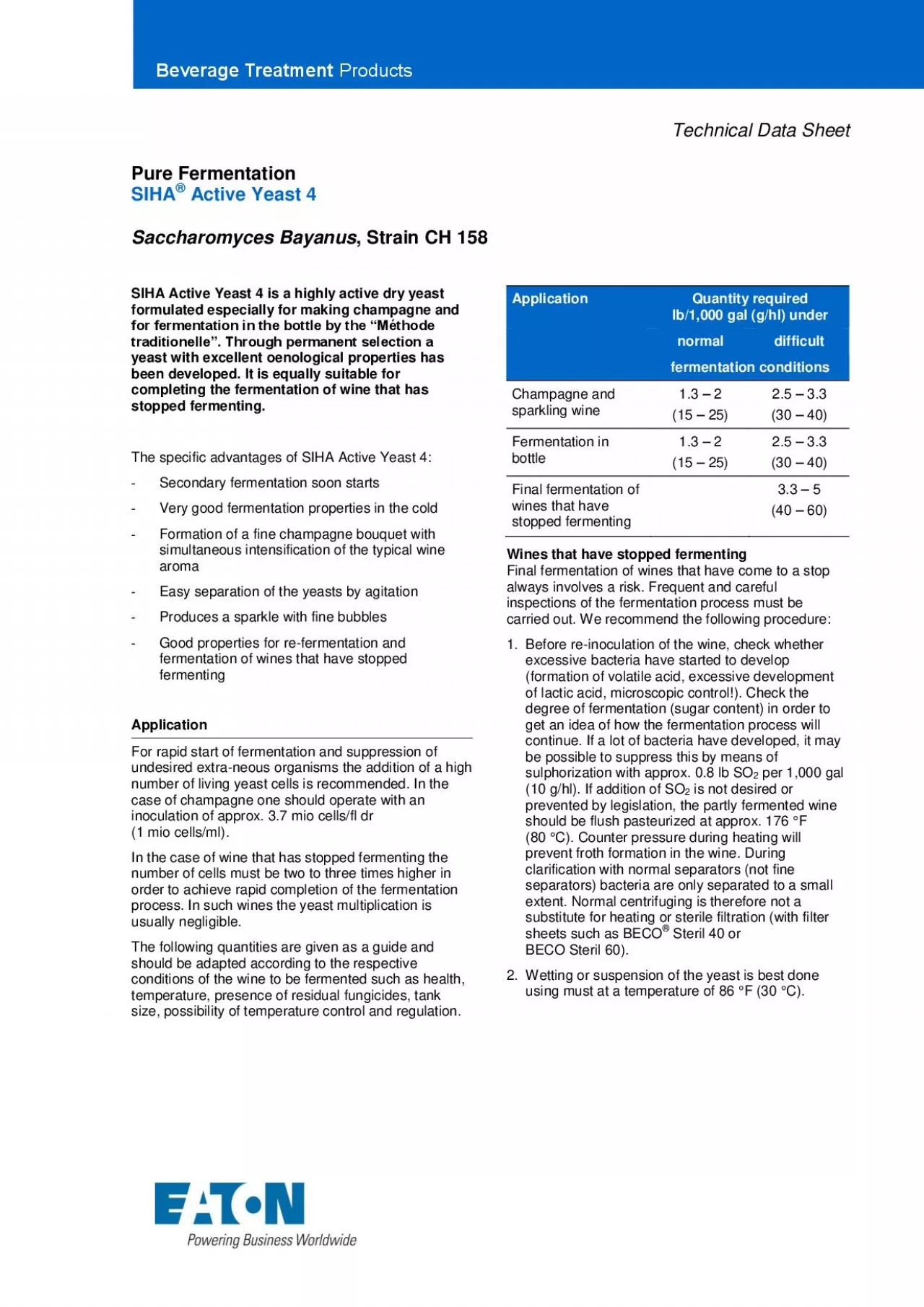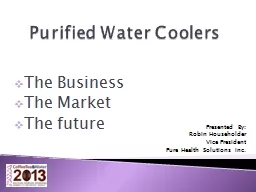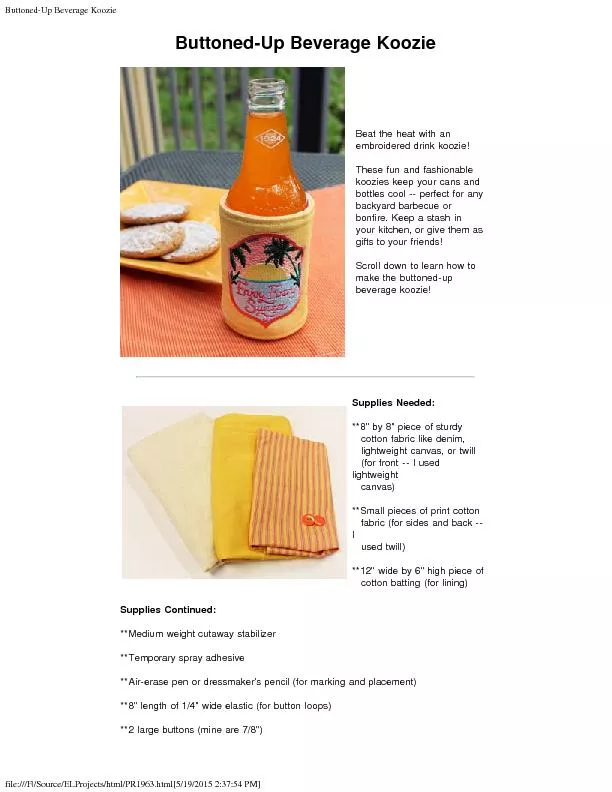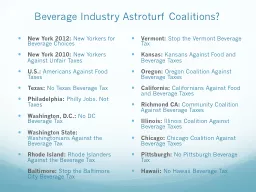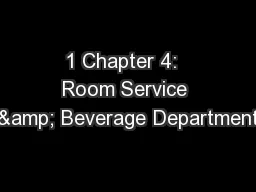PDF-Beverage Treatment
Author : layla | Published Date : 2021-09-14
ProductsTechnical Data SheetPure FermentationSIHAActive Yeast 4Saccharomyces Bayanus Strain CH 158SIHAActiveYeast4is a highly active dry yeast formulated especially
Presentation Embed Code
Download Presentation
Download Presentation The PPT/PDF document "Beverage Treatment" is the property of its rightful owner. Permission is granted to download and print the materials on this website for personal, non-commercial use only, and to display it on your personal computer provided you do not modify the materials and that you retain all copyright notices contained in the materials. By downloading content from our website, you accept the terms of this agreement.
Beverage Treatment: Transcript
Download Rules Of Document
"Beverage Treatment"The content belongs to its owner. You may download and print it for personal use, without modification, and keep all copyright notices. By downloading, you agree to these terms.
Related Documents

